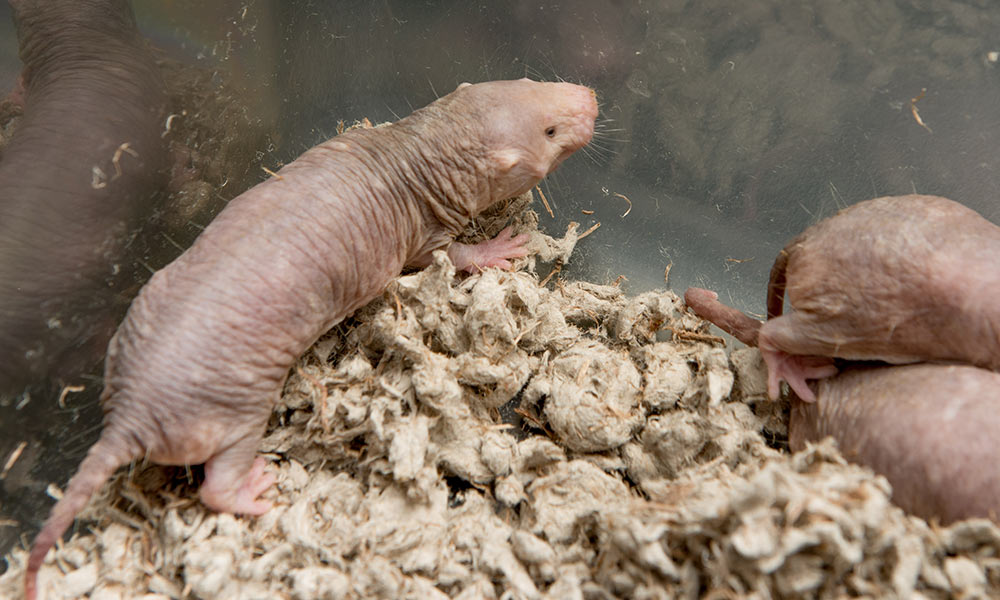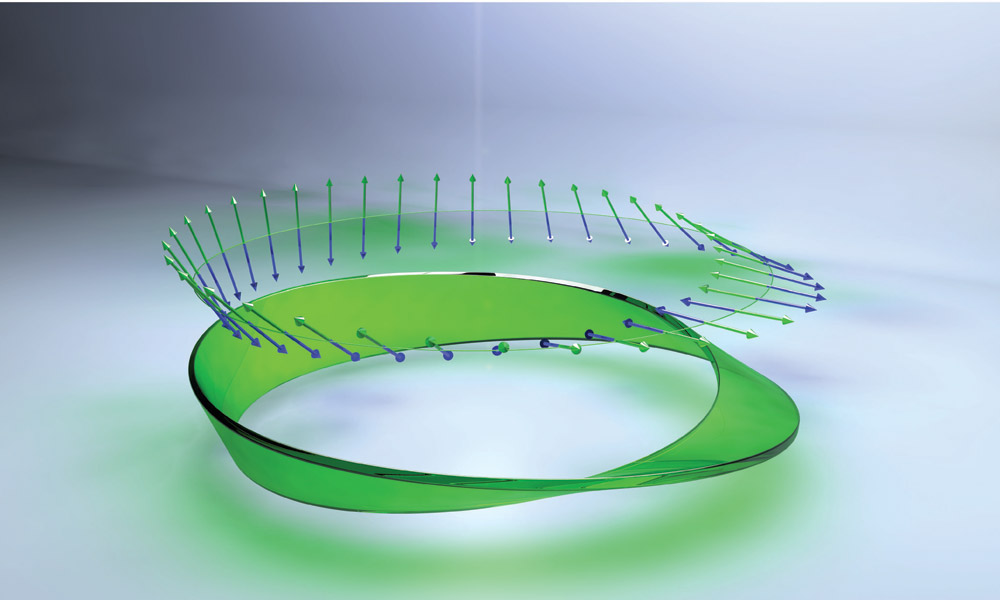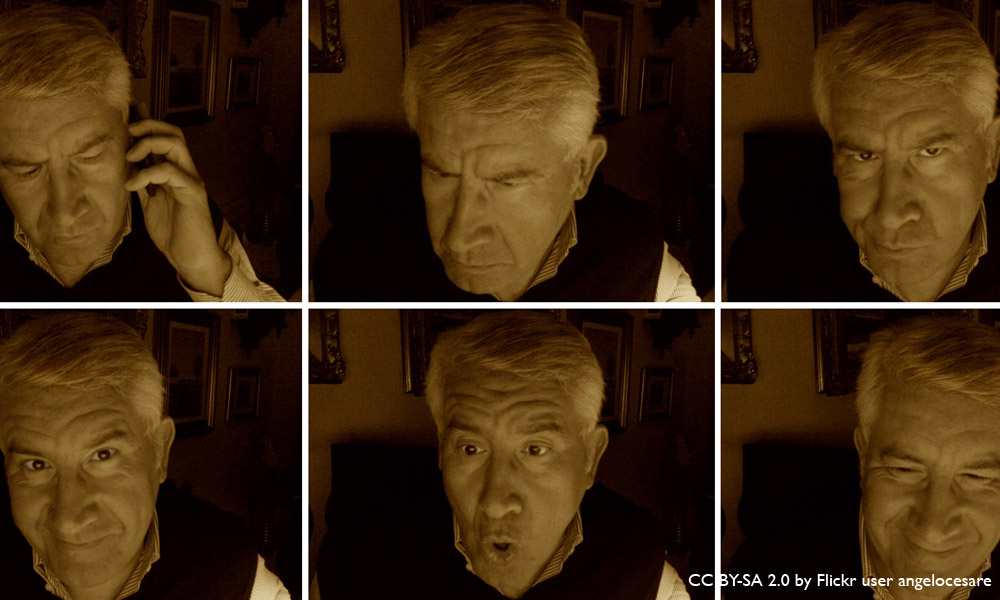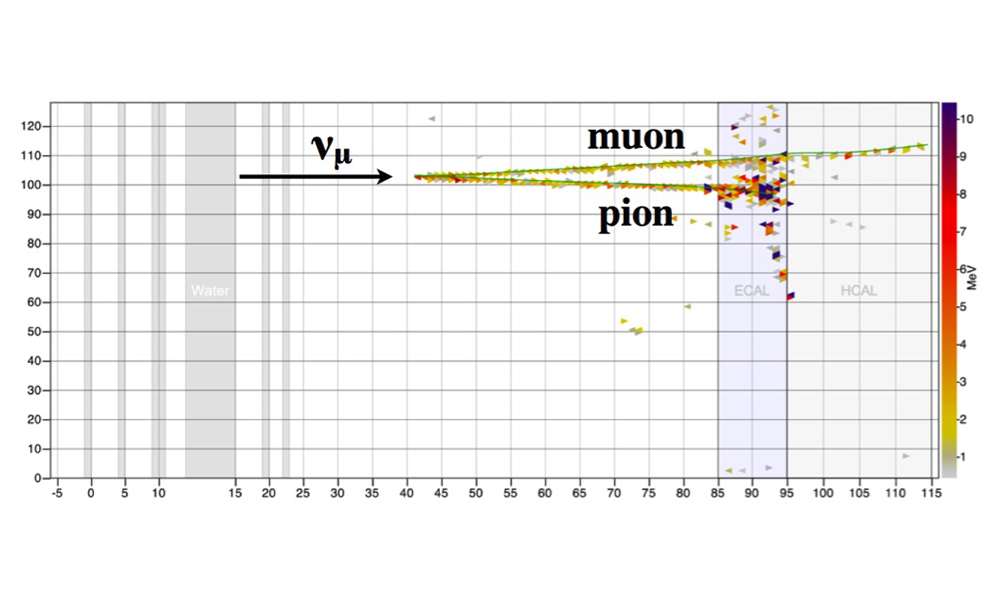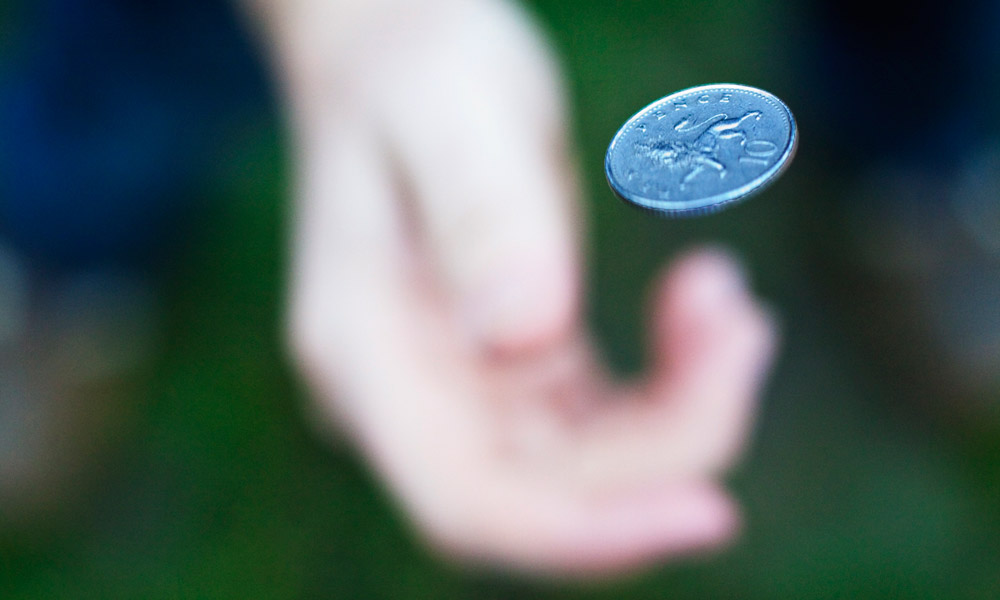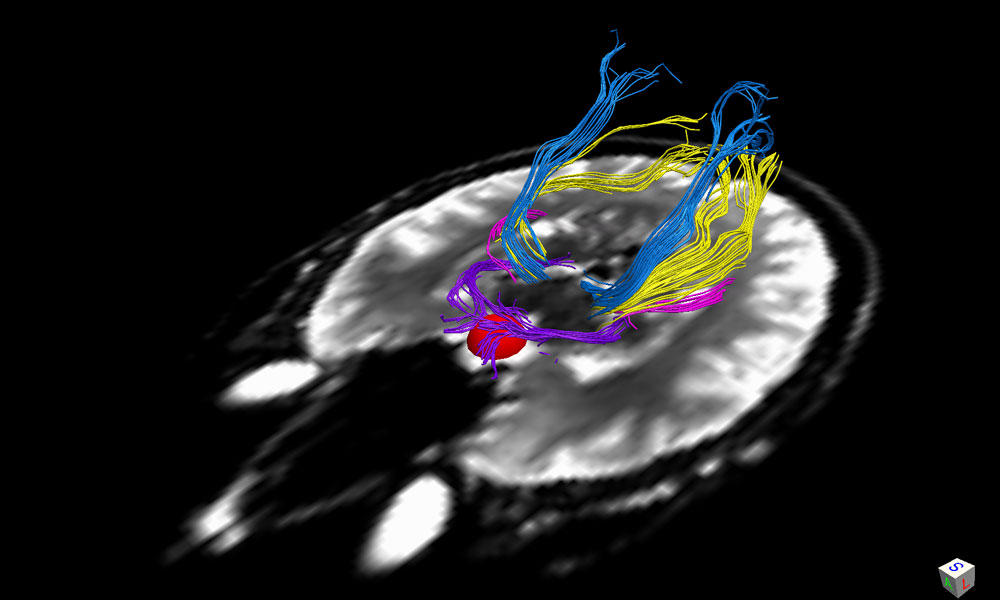Science & Technology
Researchers show neutrinos can deliver not only full-on hits but also ‘glancing blows’
December 30, 2014
In what they call a “weird little corner” of the already weird world of neutrinos, physicists have found evidence that these tiny particles might be involved in a surprising reaction. In an experiment conducted with the international MINERvA collaboration at Fermilab, physics professor Kevin McFarland and his students and colleagues provide evidence that neutrinos can sometimes interact with a nucleus but leave it basically untouched, resulting in a new particle being created out of a vacuum.



